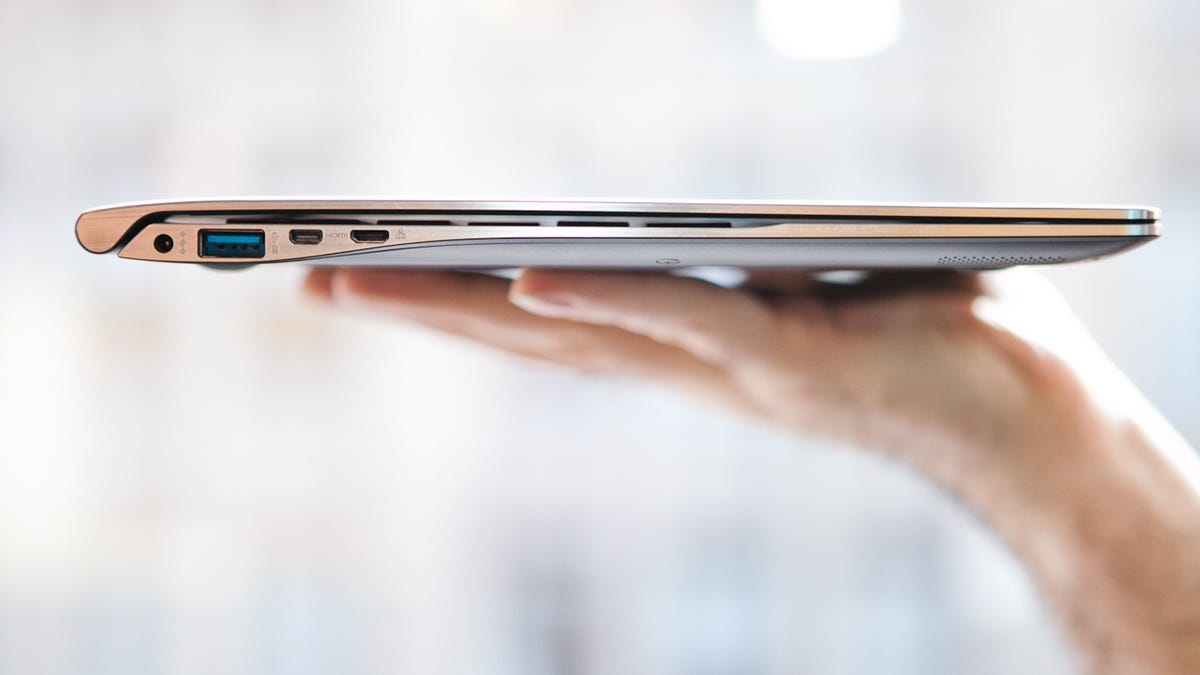Meet the Fauxtrabooks
Not all ultrathin laptops have Intel's proprietary ultrabook sticker.

Much digital ink has been spilled over ultrabooks, the new pseudo-category of very thin, very light laptops.
The idea behind the ultrabook is an excellent one: to create slim, powerful, long-lasting laptops that can compete with Apple's MacBook Pro and Air, but the name itself is a trademarked Intel marketing term. That means a PC maker has to play by Intel's (not always clearly explained) rules in order to qualify for an official ultrabook sticker.
Both before and after the launch of the ultrabook platform, there have been laptops that are as thin and light as official ultrabooks, but for one reason or another, do not carry the official sticker. Many of these are still worth checking out if you're in the market for an ultrathin laptop, so I've collected a handful of favorites here.
Some predate the ultrabook, others have similar size and specs to current models that are called ultrabooks. It's worth noting that the ultrabook definition has opened up over the past couple of months to include larger 14- and 15-inch laptops with platter hard drives, optical drives, and even discrete graphics, so nearly anything reasonably svelte might qualify as a fauxtrabook -- hence my recent rant about the death of the ultrabook.
Does the official ultrabook name matter to you when picking a thin laptop? Or are these alternatives just as good? Let us know what you think in the comments section below.
Samsung Series 9
Beautiful, with a sleek design and a razor-thin all-metal body. Even though Samsung doesn't call the Series 9 an ultrabook, it clearly is, in both the 13-inch and 15-inch versions. These second-gen Series 9 systems were preceded by the original Series 9, which was ultrabook-like before the term was even publicly coined.
Sony Vaio Z series
With slim 13-inch SSD laptops now well under $1,000, Sony's expensive, high-end Z series laptop is a tough sell, even though the design and build quality are excellent, and it feels as solid and sturdy as anything in this category short of a MacBook Air.
Toshiba Portege R835
Toshiba already makes a very similar ultrabook, but this thin, inexpensive 13-inch is close, while adding an optical drive and better performance. We've certainly seen officially tagged ultrabooks that weigh more and are just about as thick, and if you're willing to trade some portability for features and a great price, the scrappy little Toshiba Portege R835 remains one of our go-to laptop picks.
Dell XPS 15z
The XPS 15z is a well-made, reasonably configurable, upscale multimedia and gaming laptop that includes almost all the high-end extras we'd want, from an (optional) 1080p screen, to a backlit keyboard, to 3D support. It's under 1 inch, but is a little heavy to be a true ultrabook.
MacBook Air
It's not an official ultrabook, but there's no doubt the entire category was based on more than little Air envy. This is still the go-to thin 13-inch laptop for almost everyone, and its design and hands-on feel still beat all the current ultrabook (and fauxtrabook) models.

